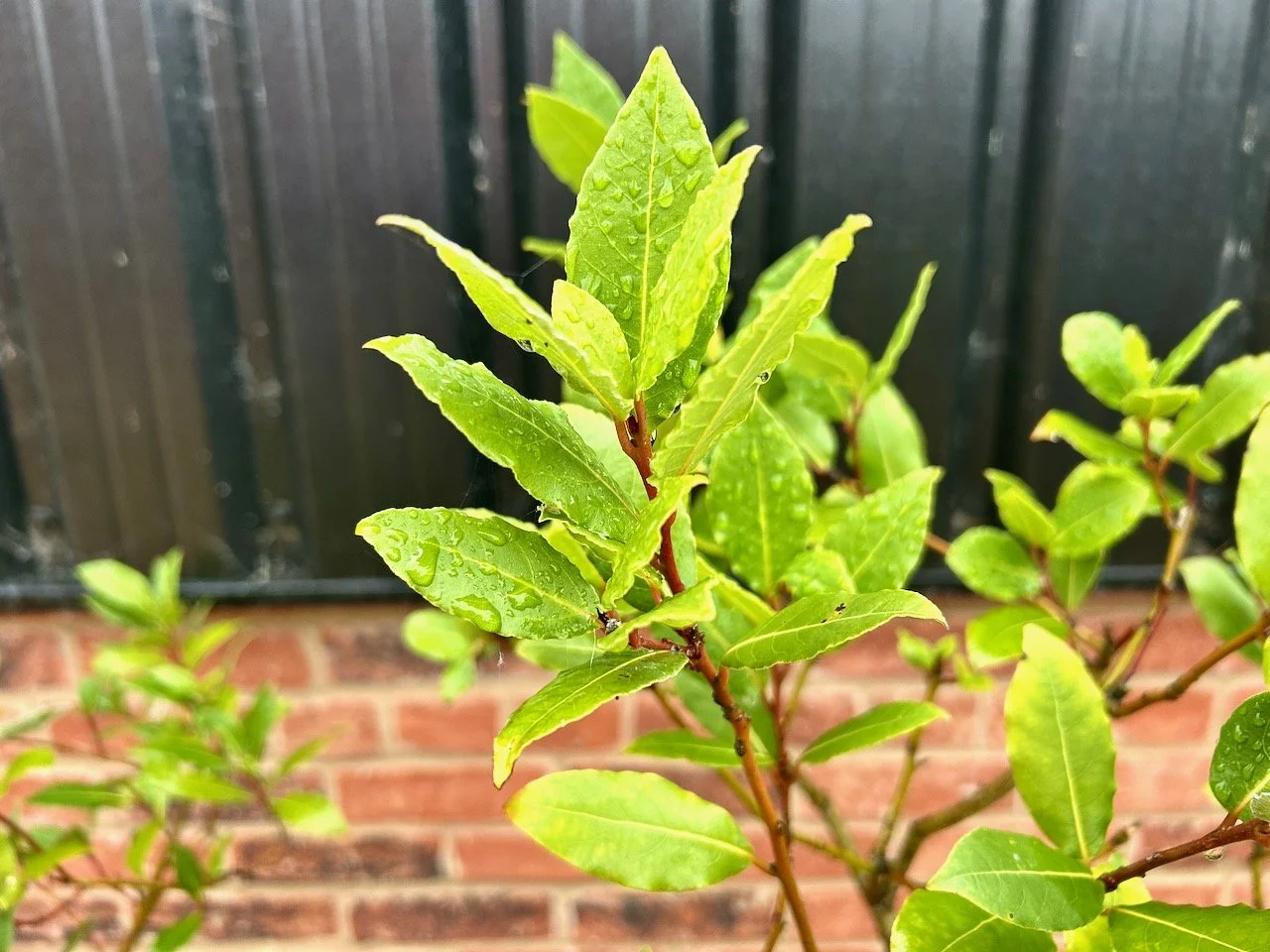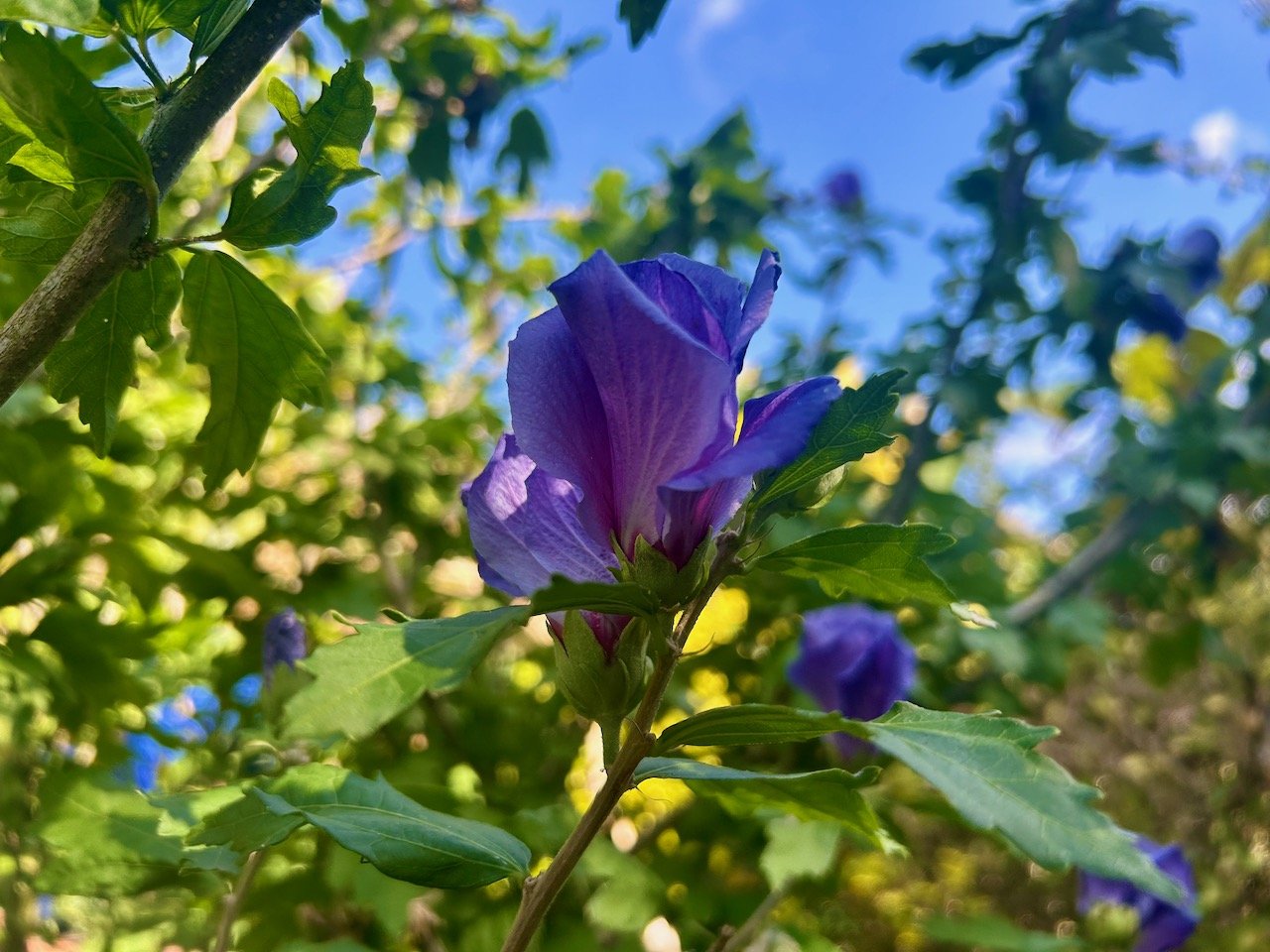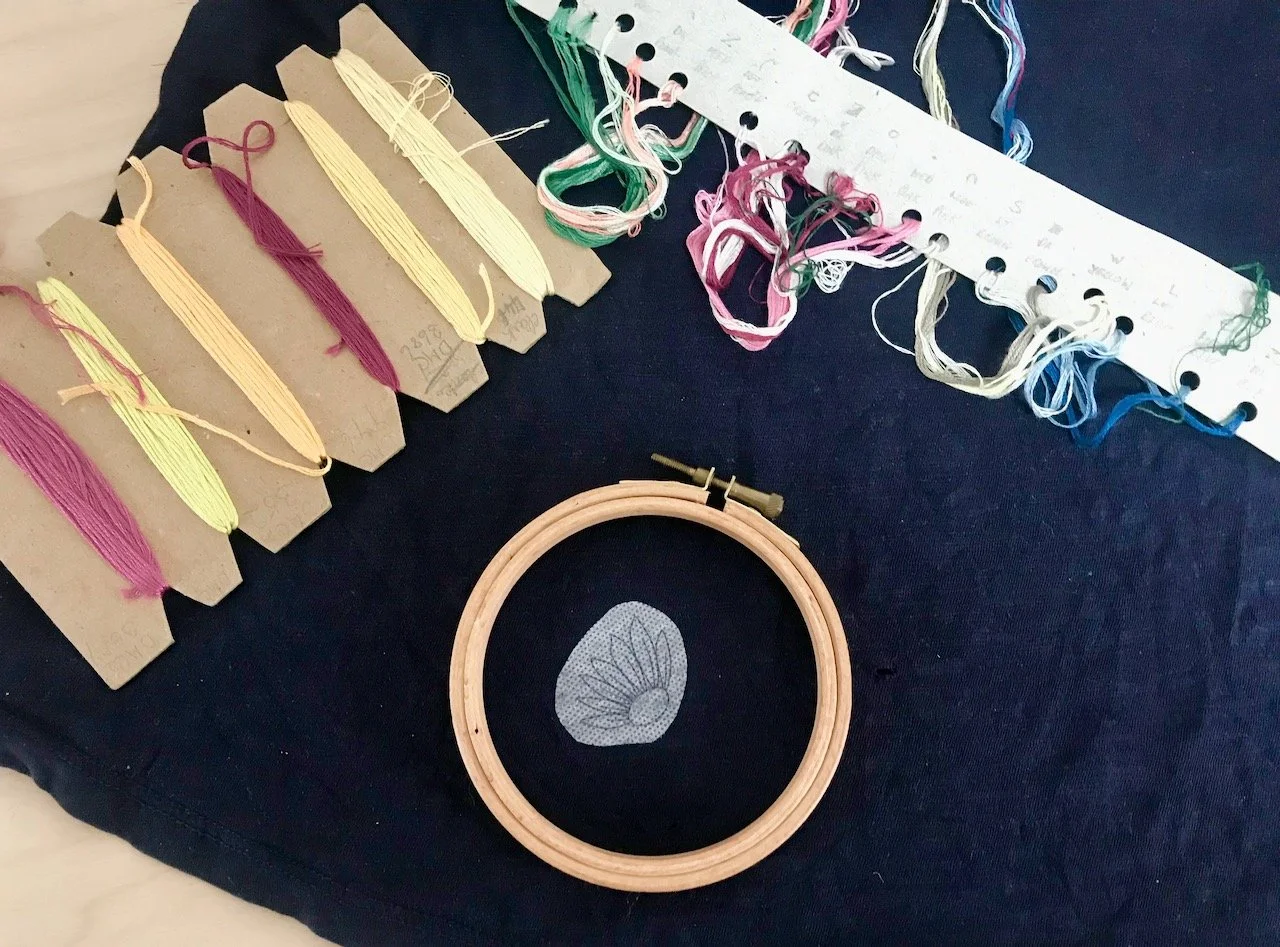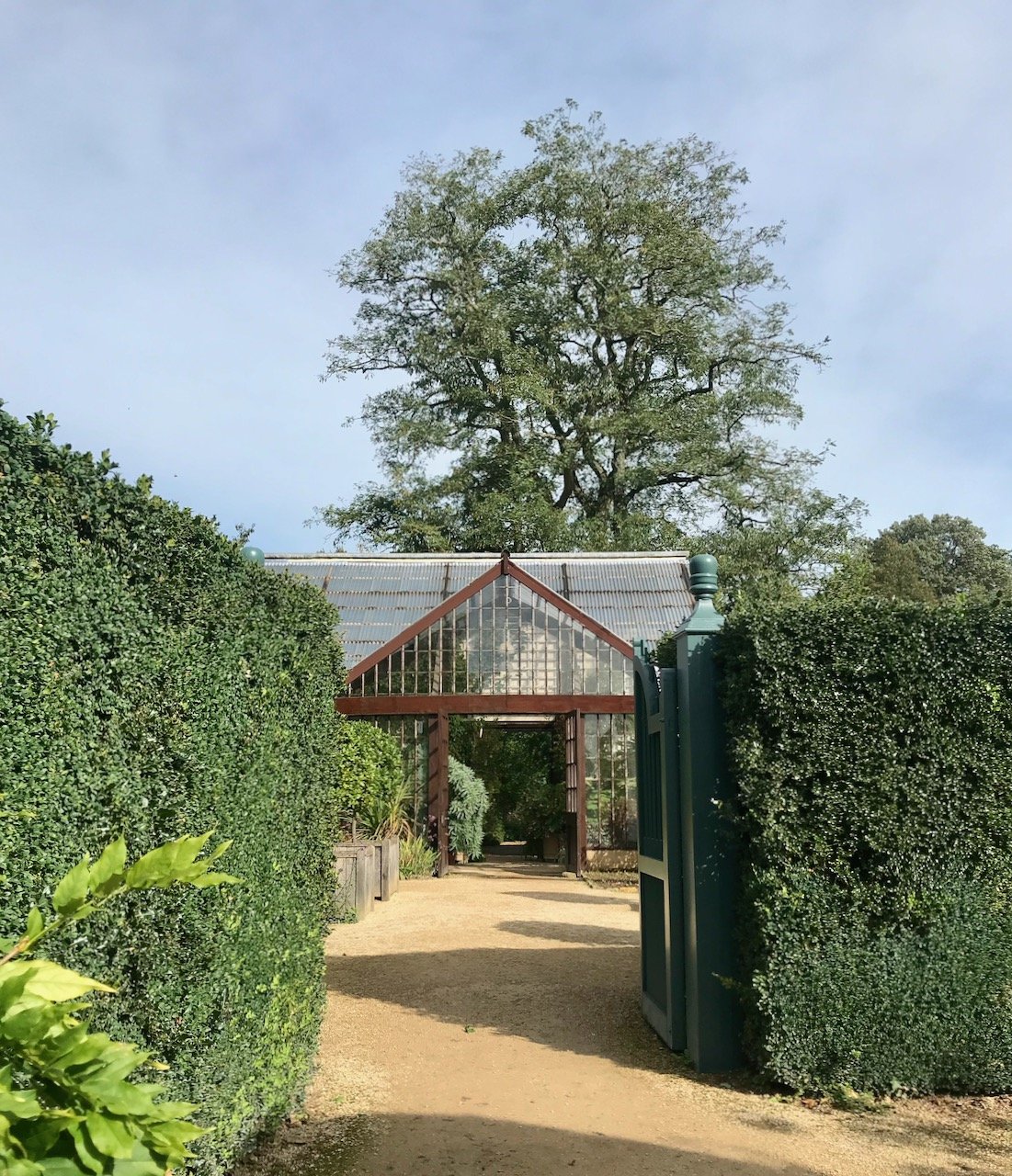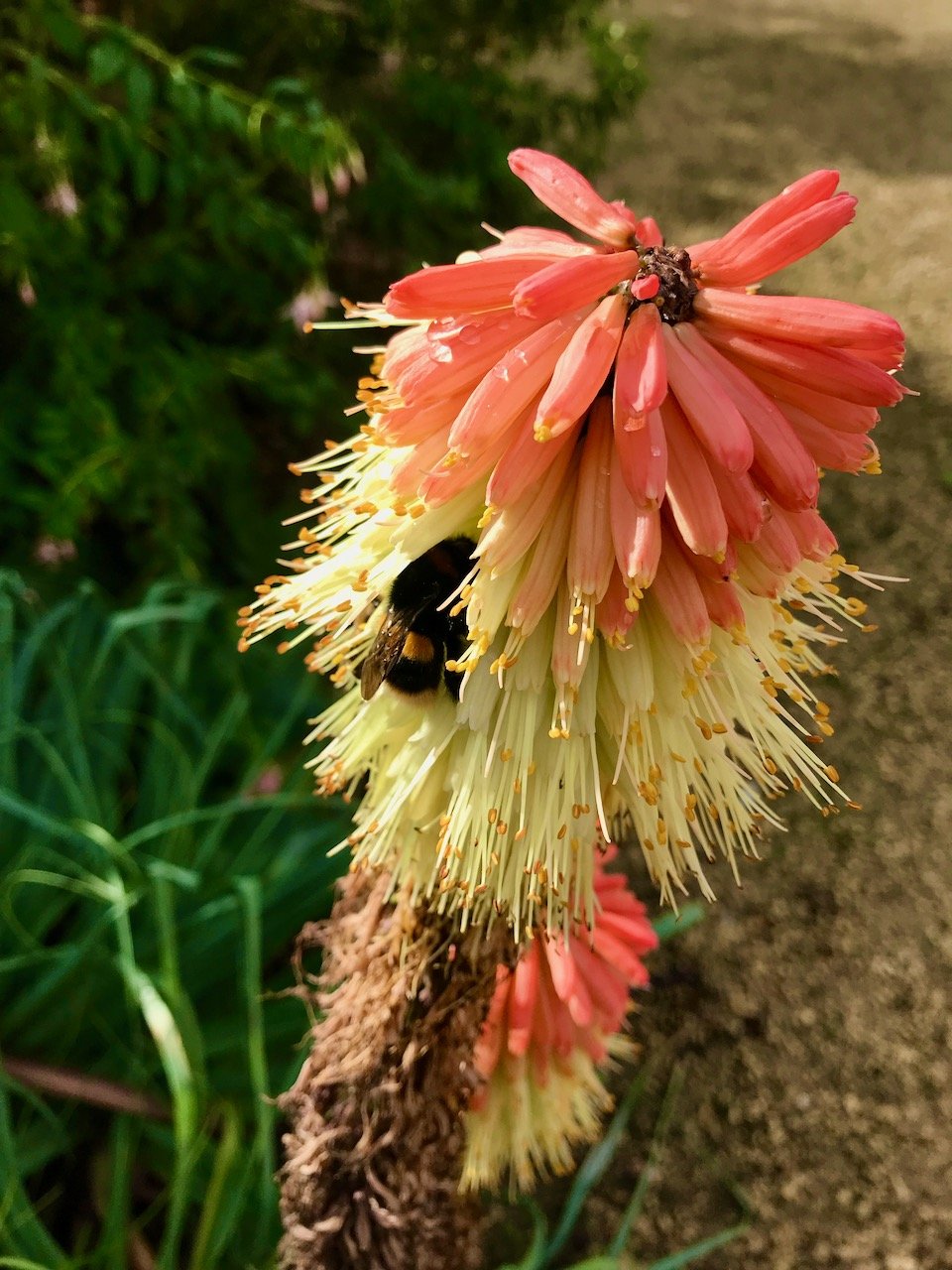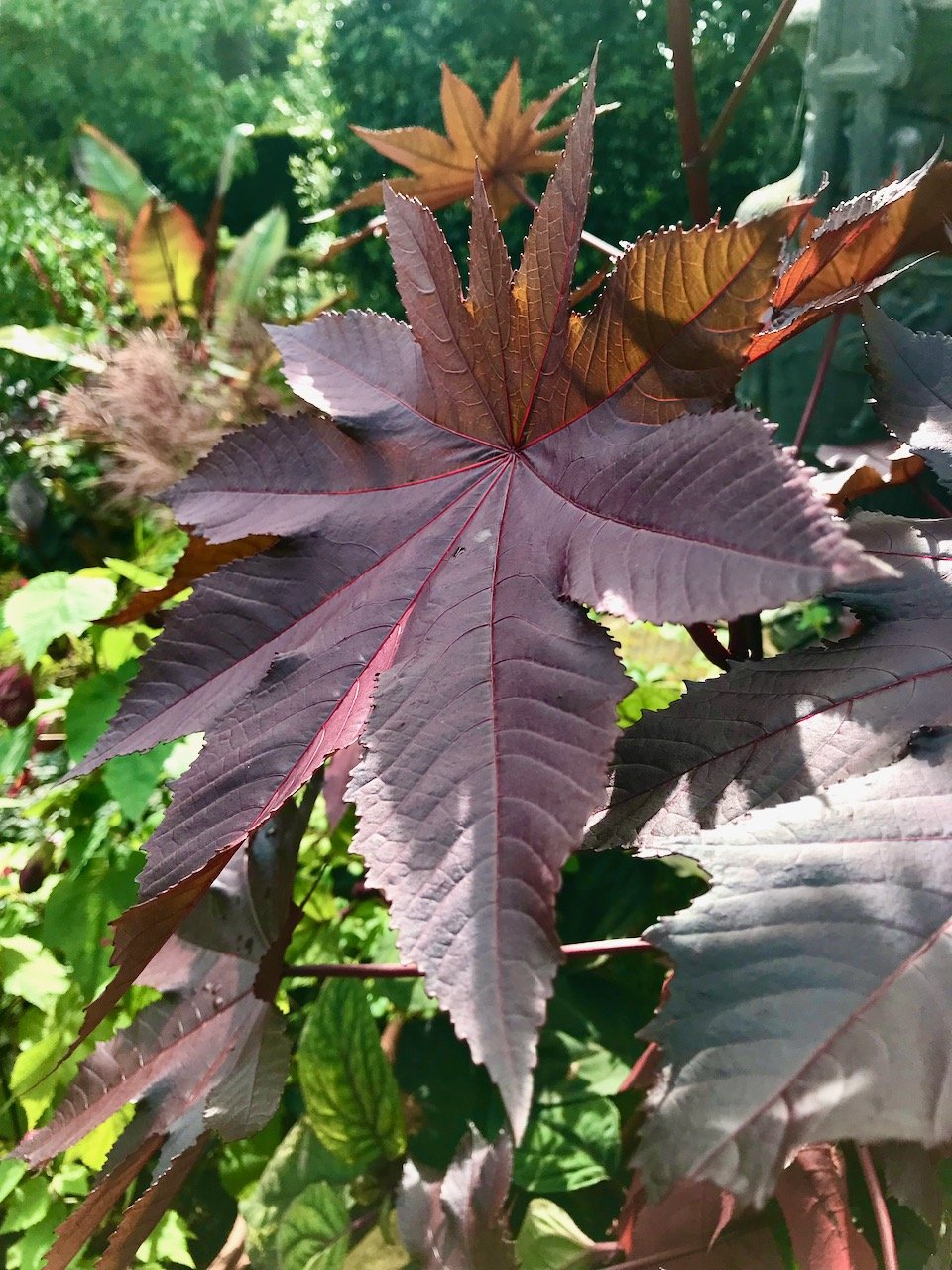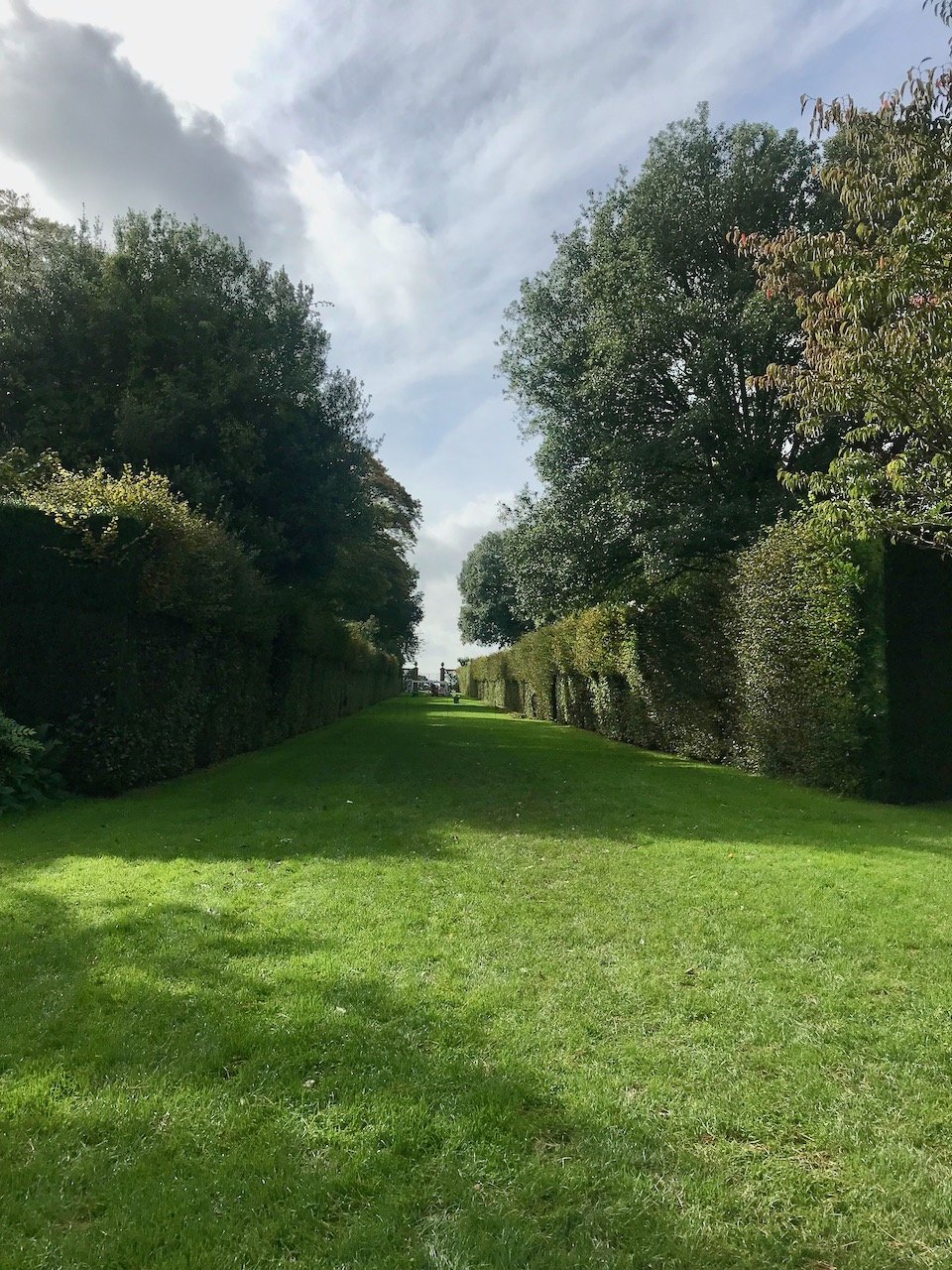Another craft post, I guess my craft room is paying dividends! Though in fairness these stick & stitch embroidery patches were a pre-move purchase from BlackbirdnBloom on Etsy. I bought them, along with some bee patches, to use to embroider over those annoying holes you get in some t-shirts, but what with everything going on I didn’t get around to doing anything more than popping them into my sewing box. I knew that I had enough embroidery threads in varying colours and even better, I knew where these where now that I’d unpacked in the new house.
They’re easy to use too, all I needed to do to get started was work out where I wanted the designs and what colours to use.
And while sunflowers are traditionally yellow and brown, I opted for the card with the dusky pinks and pale yellows (I told you in my recent crochet post that they’re my go to colours!), and then quickly realised that my choice was also probably influenced by my top!
But anyway, the embroidery finally started.
As ever I decided to improvise, with the colours, the blending and pretty much everything else. I also got braver with this as I went along, likening the embroidery thread to colouring helped a lot, and I think the effort was worth it.
Once the embroidery covering the small annoying holes was complete, it was time to wash off the excess patch.
It was magic. Cold water and a very small amount of rubbing and the white surrounds easily disappeared.
I think the photos look much more dramatic when it’s wet!
Anyway, after trying my top on to admire my embroidery skills, I decided to add more embroidery, and not just to cover the holes. Before I could back out I stuck the design in place and got my needle out again, sewing more flowers up towards the neck, but off centre - I’ve a thing for things being a bit skew-whiff, to me it’s much more pleasing.
And I’m really pleased with the results, though less pleased with my attempts to photograph them. In fact the navy blue top wasn’t photographing at all well, so there was nothing else for it but a mirror selfie.
As you can see, it’s subtle but visible - and I think it looks like it’s meant to be there. I’ve worn this t-shirt out a few times now, including to a local sewing group here, and no one has asked if I made it. I’m hoping that’s because it looks good, rather than the other!
I’ve yet to start a t-shirt with the bees, but it’s on my list - and more importantly on my workbench, rather than shoved away. But it’s behind a project or two yet, but I’m pretty sure it won’t be long before I start…



